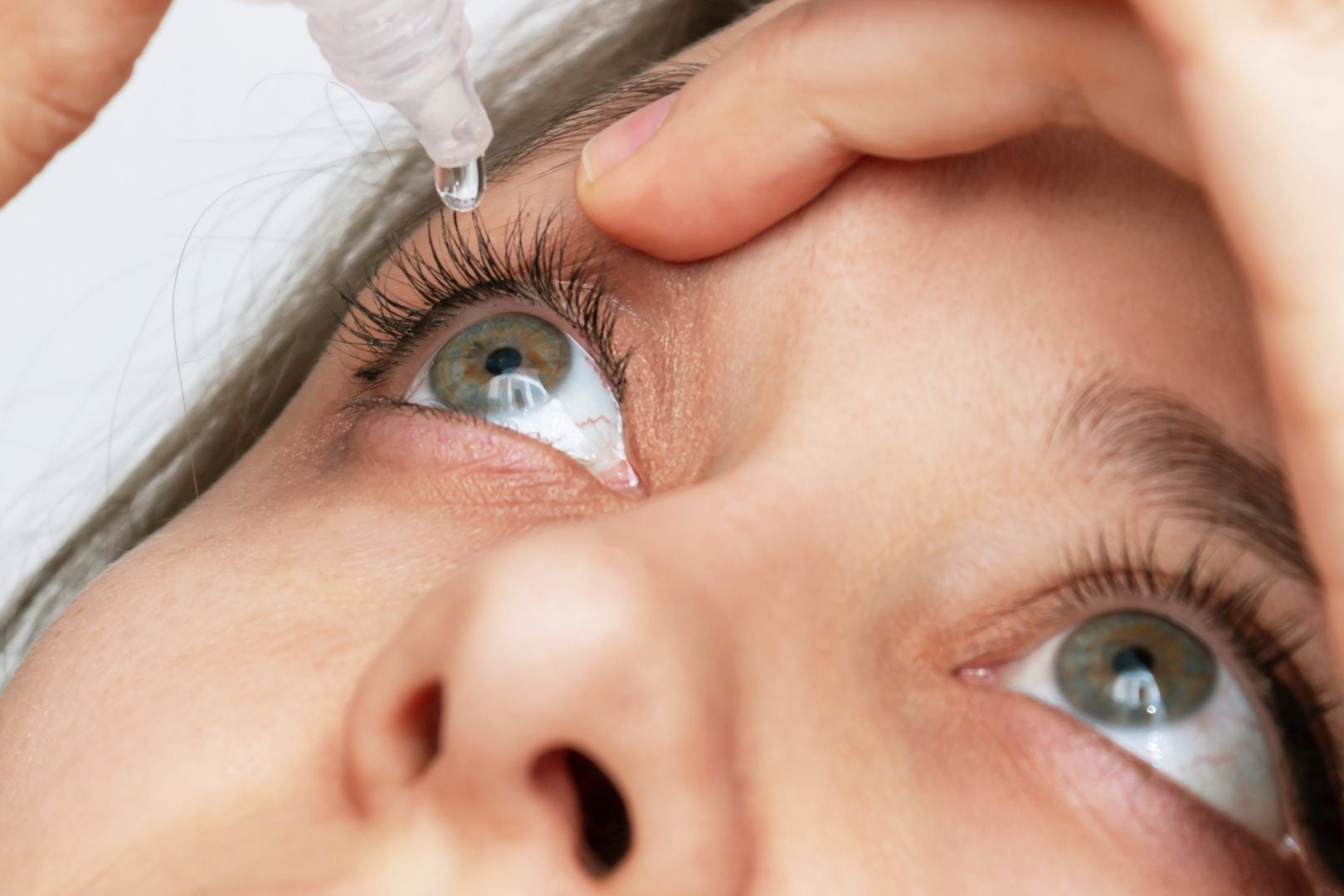Meibomian Gland Dysfunction
What is Meibomian Gland Dysfunction (MGD)?
- Tired, strained eyes—especially after long hours on a computer or device
- Red or inflamed eyelids and eyes
- Frequent styes or eyelid infections
- Lash thinning or loss, often due to chronic inflammation or blocked follicles
- Left untreated, MGD can lead to chronic discomfort, worsening symptoms, and even permanent gland damage—so early diagnosis and treatment are key.
What Causes MGD?
- Incomplete or infrequent blinking (especially during screen time)
- Eye surgery (e.g. LASIK or cataract surgery)
- Heavy or long-term use of makeup and skincare near the eyes
- Environmental conditions (wind, air conditioning, low humidity)
- Extended computer or device use
- Contact lens wear
- Allergies or chronic inflammation
- Certain medications (e.g. antihistamines, acne treatments)
- Skin conditions like rosacea or seborrheic dermatitis
- Demodex mites (tiny skin mites that can block glands)
If left untreated, MGD tends to be progressive—meaning it can slowly worsen over time, leading to permanent gland damage and more severe dry eye symptoms.
What Do Meibomian Glands Look Like?
Managing Meibomian Gland Dysfunction
Meibomian Gland Dysfunction (MGD) is one of the most common causes of dry eye and can significantly affect the comfort, clarity, and health of your eyes. These tiny oil-producing glands in your eyelids play a critical role in keeping your tears stable and preventing them from evaporating too quickly.
When the glands become blocked, inflamed, or produce poor-quality oil, the tear film becomes unstable—leading to symptoms like gritty, burning, or tired eyes, fluctuating vision, and increased light sensitivity.
The good news? There are many effective strategies to manage MGD and restore gland function.
Daily Home Care
Consistent at-home care forms the foundation of MGD management:
-
Lid Hygiene: Use a dedicated eyelid cleanser or foam to gently clean along the lash line, removing oil buildup, debris, and bacteria.
-
Warm Compresses: Daily application of a warm compress helps soften hardened oils and loosen blockages.
-
Anti-Inflammatory Support: Omega-3 supplements and anti-inflammatory eye drops, either prescription or OptiMel, may be recommended to reduce inflammation and improve oil quality.
These steps are essential, but often not enough on their own—especially in moderate to severe or long-standing MGD.
In Practice Therapies
To more effectively treat the root cause of MGD, we offer a range of advanced treatments that can clear blockages, restore gland function, and reduce inflammation:
Therapeutic Meibomian Gland Expression
A targeted, in-practice technique to physically unblock and clear meibomian glands, helping to restore natural oil flow and improve comfort.
Blepharoexfoliation
Mechanical exfoliation of the eyelid margin to remove hardened oil, crusting, and bacterial biofilm that can obstruct glands and worsen inflammation.
ZEST (Zocular Eyelid System Treatment)
A natural okra-based gel is used to deeply cleanse the lash line and reduce Demodex mites and debris—ideal for those with chronic blepharitis or irritated eyelids.
LipiFlow® Thermal Pulsation
The gold standard in MGD therapy. This FDA-approved device applies gentle, controlled heat and pressure to the inner eyelid to liquefy and express blocked oils—restoring gland health in a single 12-minute session.
Intense Pulsed Light (IPL)
IPL treats the inflammatory skin and lid margin conditions that drive MGD. It also helps rejuvenate gland function and improve tear film stability, especially in patients with ocular rosacea or lid redness.
Low Level Light Therapy
Using safe, gentle wavelengths of red light, LLLT reduces inflammation and stimulates meibomian gland activity. It’s ideal for sensitive skin or as a follow-up to other therapies.
Long-Term Outlook
MGD is a chronic condition, but with regular management, most people experience significant and lasting improvement. Our approach combines daily home care with periodic in-practice therapies to maintain comfortable, stable, and healthy vision.
If you suspect you have MGD or have been struggling with dry, red, or irritated eyes, book a comprehensive dry eye assessment. We’ll tailor a plan that works for your eyes—and your lifestyle.

